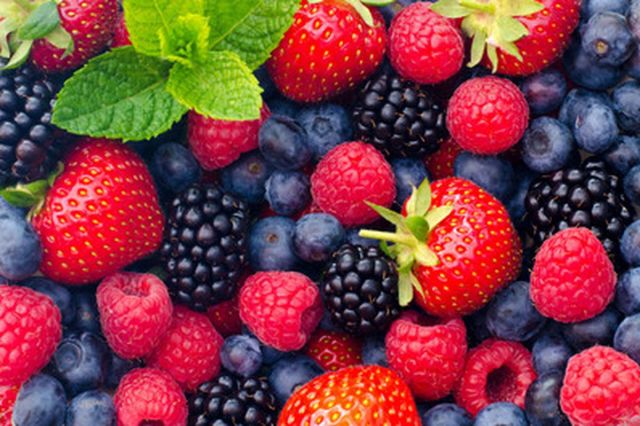A berry is a small, pulpy, and often edible fruit. Typically, berries are juicy, round, brightly colored, sweet, sour or tart, and do not have a stone or pit, although many seeds may be present.
Berries have been valuable as a food source for humans since before the start of agriculture, and remain among the primary food sources of other primates. They were a seasonal staple for early hunter-gatherers for thousands of years, and wild berry gathering remains a popular activity in Europe and North America today. In time, humans learned to store berries so that they could be used in the winter.
Berries also began to be cultivated in Europe and other countries. Some species of blackberries and raspberries have been cultivated since the 17th century, while smooth-skinned blueberries and cranberries have been cultivated in the United States for over a century. In Japan, between the 10th and 18th centuries, the term ichibigo ichigo referred to many berry crops. The most widely cultivated berry of modern times, however, is the strawberry, which is produced globally at twice the amount of all other berry crops combined.

